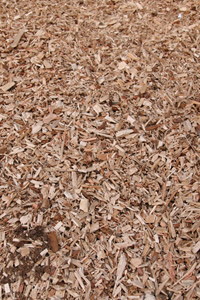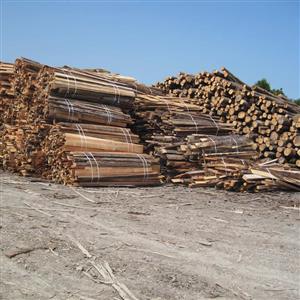
The Government have announced that the RHI scheme will cease in 2021 having 'kick started' the interest and technical knowledge in biomass fuels. That prompted Kernock Park Plants to consider replacing the original 3MW boiler with a new boiler, which was nearly at the end of its useful life, by one of the same size. The new boiler, a Valmaggi from Italy, was installed in 2019 and works in conjunction with the older, Uniconfort, 1MW boiler.
With the intense interest over the 14 years since using biomass fuel, it has inevitably meant the cost of fuel has risen dramatically. That is, of course, an advantage to the forester of extra income from wood that was previously considered waste and an incentive to long term investment by re-planting. The earlier advantage of cheaper heating remains true in most situations but the cost of installation, long term security of the right fuel and maintenance has to be considered when thinking of biomass in the future. The new European rules on flue emission has a significant increase in installation cost, which all biomass installations will have to adhere to by 2030 by a retrofit. New installations will require careful consideration of investment and the alternatives available. Whatever the fuel, it is fairly certain that all sources will become more expensive and further concentration on heat conservation and alternatives, such as ground or water source and even geothermal heat, will need investigating.
 +44 (0)1579 350561
+44 (0)1579 350561 sales@kernock.co.uk
sales@kernock.co.uk